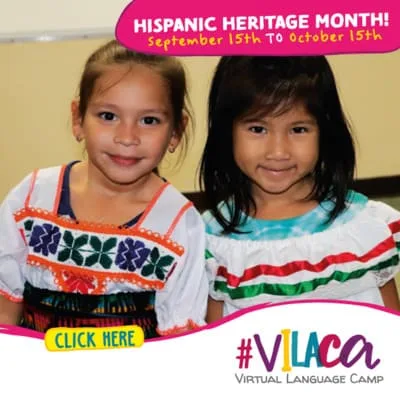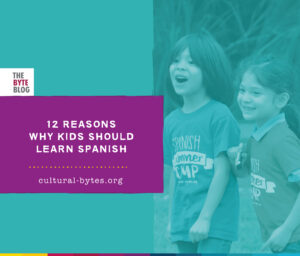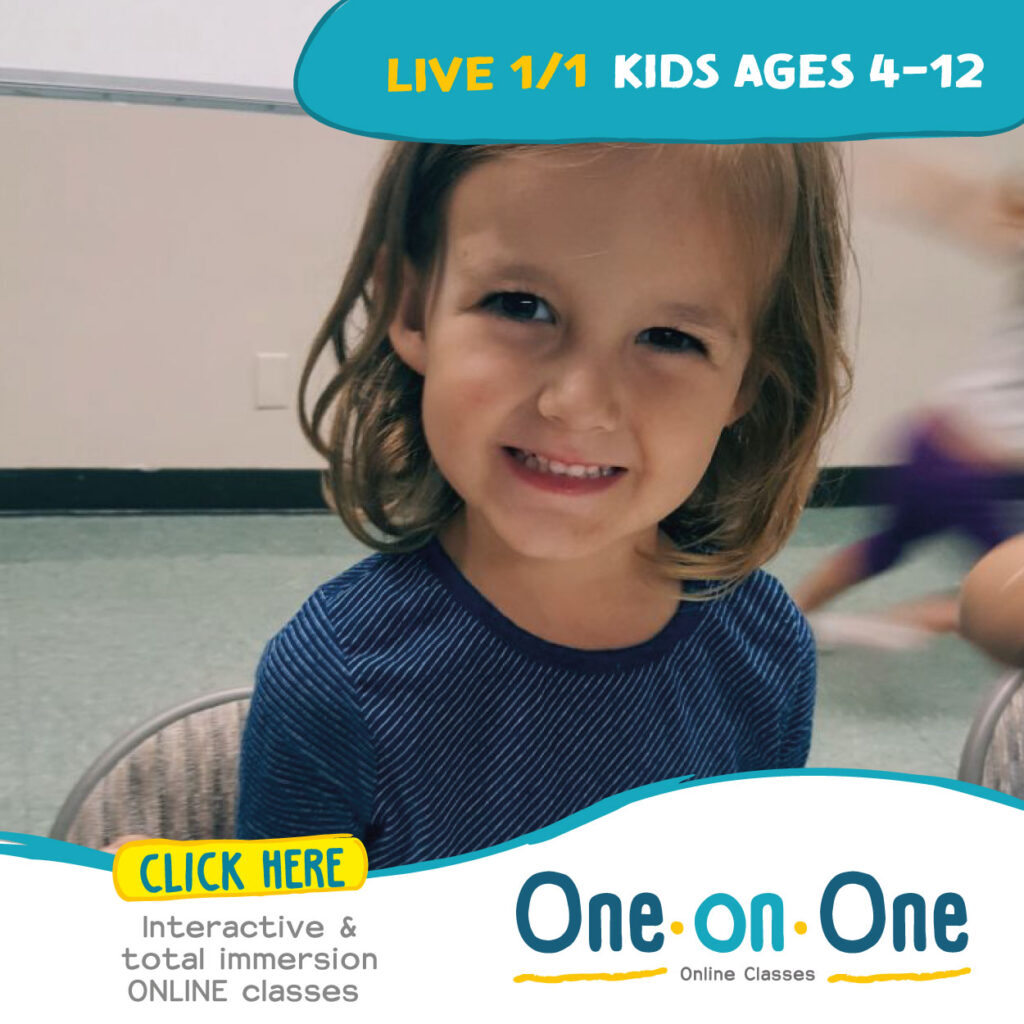‘Learning styles’ is a term that refers to different ways in which human beings learn, process, and retain information. There are three main types of learning styles:
Visual (learn through seeing)
Auditory (learn through hearing)
Kinesthetic (learn through doing and moving)
While the majority of children use each of these styles, they often favor one above the others. Understanding your child’s preferred learning style isn’t just about enhancing their current education—it’s about setting them up for a lifetime of learning.
Determining Your Child’s Language Learning Style
[ays_quiz id=”2″]
To determine your child’s language learning style, speak with family members and your child’s teacher to determine what objects and activities your child gravitates towards. Ask yourself questions such as:
What types of toys does she prefer?
Does she prefer quiet activities or lots of movement?
Does he like to read books and draw pictures?
Does he prefer to be shown how to do something rather than being told verbally?
Does she prefer to work with others or alone?
Does she like to move and participate in more active activities?
Is he drawn to numbers and patterns?
Over time, you will start to see patterns and preferences in your child. This will enable you to lean into what they naturally excel in, while helping them to develop the areas they are weaker in.
How to Teach Language to…
1. Visual Learners
Roughly 65 percent of the population are visual learners. People with this learning style tend to learn best by using images, pictures, colors, maps and other kinds of visual media. Not only are external images helpful for them, but they’re also able to visualize things in their mind. If they don’t “see” it, they’re not able to fully comprehend it. Teach language to a visual learner by writing vocabulary words (and little doodles if you can) on a whiteboard, showing them children’s tv episodes or YouTube videos in the target language, and playing games that focus on the visuals (such as a ‘match the tiles’ game).
Learn more here: How to Teach a Visual Learner – Language Learning
2. Auditory Learners
Approximately 30 percent of the population are auditory learners. They store information by the way it sounds, and have an easier time understanding spoken instructions than written ones. Teach language to an auditory learner by encouraging active listening and providing opportunities for discussion. For example, if you are teaching your child Spanish and just finished a lesson about countries in Central and South America, ask your child what country they want to visit and why. Another strategy to teach auditory learners is to incorporate sounds and audios into lessons.
Learn more here: How to Teach an Auditory Learner – Language Learning
3. Kinesthetic Learners
According to statistics, only 5 percent of the population are kinesthetic learners. A kinesthetic learner is someone who prefers to be an ‘active participant’ rather than passive observer when learning. They love to use hands-on learning that allows them to interact with the environment around them. Teach language to a kinesthetic learner by using props while teaching and incorporating movement into lessons. Want to learn vocabulary about animals? Do a puppet show in the target language about going to the zoo. Want to teach about musical instruments? A dance party is a good way to go. Don’t forget, taking frequent breaks and playing outside will do wonders for a kinesthetic learner who will typically need more breaks than the other types of learners.
Learn more here: How to Teach a Kinesthetic Learner – Language Learning
Don’t neglect the other styles of learning!
While it’s important to understand and play to the strengths of your child’s preferred learning style, children will actually learn best through multisensory learning when all the sensory modes (visual, auditory, kinesthetic) are engaged.
Did you know that Cultural Bytes incorporates all three types of learning (visual, auditory, and kinesthetic) in our In Person and Online Classes? Don’t wait another day to sign your child up and find out what the fun is all about.

We play games like balloon toss (Kinesthetic).
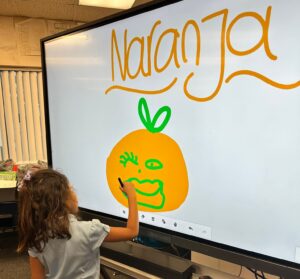
We color and draw almost every day (Visual).
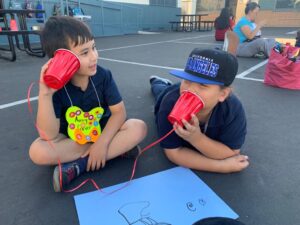
We play music and language games (Auditory).



